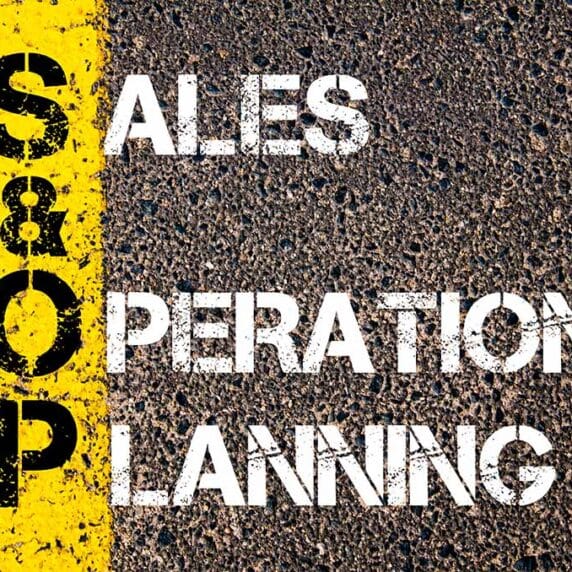Supply Chain Innovation: Four Ways Demand Sensing Improves Forecasting
In the last post we saw how Costa Express used POS data and analytics to optimize forecasting and inventory replenishment. Costa shortened the time frame for gathering data and performing analytics. It concentrated on what was actually being sold, rather than guessing what might be purchased. Hence it senses actual demand. This week we take a closer look at demand sensing, and specifically how demand sensing improves forecasting.
Demand sensing bridges the gap between long-term demand planning and the short-term forecasting and order execution that drives much of the supply chain. Many supply chain choices are not made nationally or regionally, but at the local SKU-Location level. Being able to recognize demand patterns at that level of granularity is where demand sensing pays off. It is the key to market-driven forecasting and rapid, inventory-efficient replenishment.
Sensing demand augments conventional demand planning by leveraging downstream data. It reduces the latency in the chain by getting closer to actual consumer pull and becoming more responsive to shelf activity. Detailed downstream inputs such as customer, channel, or POS data provide a better account-level forecast and a more reliable understanding of the inventory you need, and where it should be positioned, to achieve your target service levels.
Demand sensing employs predictive analytics and pattern recognition. It imports fresh, daily demand data, immediately senses demand signal changes compared to detailed statistical patterns, and evaluates the statistical significance of the change. It analyzes actual demand over fractional periods of time and automatically adjusts short-term forecasts.
In Lora Cecere’s 2014 Voice of the Supply Chain Leader, demand sensing was one of the top three supply chain trends for driving excellence by 2020. Key reasons were:
- identifies demand trends
- provides advanced warning of problems
- reduces the lag between plan and reality
The quicker deviations are identified, the faster and more intelligently your company can react.
To summarize, here are four ways demand sensing improves forecasting.
- It improves forecasts by moving it to a daily regimen; reducing latency and improving near-time replenishment. Demand analytics let you foresee changes in demand sooner—and boost sales, by predicting and reacting to stock-outs.
- Shorter time buckets allows you to recognize daily SKU-Location demand patterns. Costa Express transmits demand data every 15 minutes. At that frequency, predictive analytics can help determine daily demand at the SKU-Location level, improving product availability and reducing expediting costs.
- It extends downstream supply chain visibility with daily sell-to data and current stock position. This lowers uncertainty, and increases responsiveness to anticipated demand. Near-term demand forecasts will strengthen your deployment, safety stock, and transportation plans.
- It replaces simplistic rules-based formulas—such as two days back, three days forward smoothing—with more correct short-term forecasting consumption logic. This allows you to understand how demand is being consumed at the “Ship-To” Location.
Demand sensing helps make a step towards viewing your supply chain from the “outside-in”, rather than the more common and conventional way of viewing it from the “inside out.”







